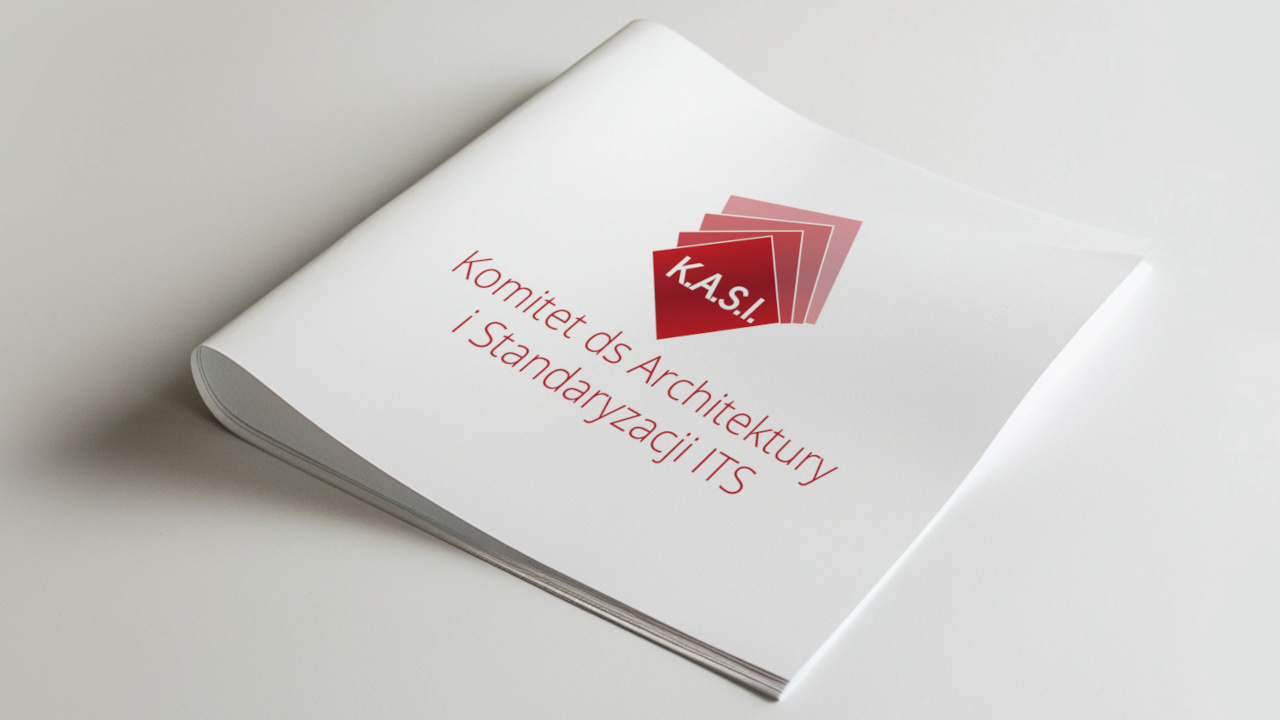

A meeting of the ITS Architecture and Standardization Committee, which operates within the ITS Poland Association, was held on January 25 this year. The meeting inaugurated work on another study in the series of “Codes of Good Practices” – this time work was initiated on Part V, which is to deal with systems for dynamic weighing of vehicles (HS-WIM). The meeting was attended by members of the association and other entities interested in the development of vehicle weighing systems in the context of increasing traffic safety and road protection.

Weighing vehicles in motion is becoming an increasingly important method of monitoring road infrastructure, both in terms of traffic safety – detecting and imposing penalties on traffic participants posing a risk through overweighting, and in terms of road maintenance – eliminating vehicles causing accelerated road surface degradation from traffic. However, there are many technical problems related to the quality and stability of operation of such systems. It is also a major challenge to develop a solution that would allow direct enforcement on vehicles exceeding weight limits.
The object of the KASI Committee’s work is to develop technical and organizational standards in the form of a set of recommendations on such issues as:
The Committee’s work was initiated by IBDiM, and representatives from APM Pro, CAT Traffic, Kistler, Neurosoft and Sprint subsequently joined the team. Initial interest was also indicated by Gdansk University of Technology, Wroclaw University of Technology, AGH University of Science and Technology, GDDKiA and GITD. The work of the committee is open in nature, which means that all interested parties can join the co-development of the HSR at any time.
Completion of the study is scheduled for the end of the third quarter of 2024. It is assumed that the developed documentation will be made available under an open license type Creative Commons CC BY.